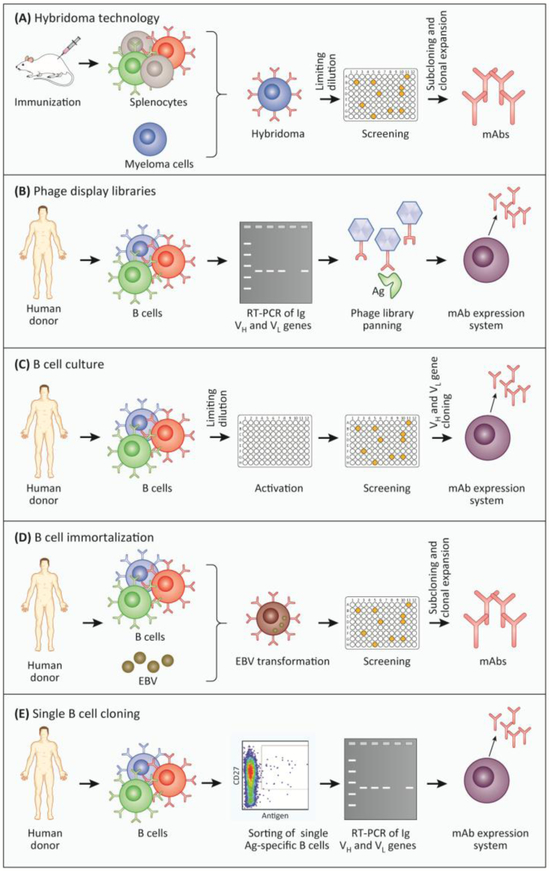Figure 3: Methods commonly used for the generation of monoclonal antibodies (mAbs).
A) Hybridoma technology. Following immunization with an antigen, mice start producing large amounts of antigen-specific B cells. These cells are harvested from the spleen and fused with myeloma cells. The resulting hybridoma cells are screened for the secretion of antigen-specific antibodies. Antigen-specific hybridoma cells are selected by limiting dilution (subcloning) [3]. B) Phage display library. Initially, mRNA is isolated from B cells or plasma cells and then reverse-transcribed into cDNA. The variable light and heavy chains are amplified via PCR and ligated into a phage display vector. The resulting phage library consists of 108-1010 different phages, each encoding a single surface-expressed mAb, generated by random combination of heavy and light chains. The antigen is subsequently “displayed” to the phage library in successive rounds, to enrich antigen-specific phages (panning). The genes encoding the desired antigen-specific mAbs can then be cloned into an appropriate expression system for the generation of the mAbs of interest [1,2]. C) B cell culture. After isolation and limiting dilution, B cells are cultivated and activated in vitro leading to the secretion of antibodies. B cell culture supernatants are screened for antigen-specific antibodies, and positive cultures are used for the amplification of heavy and light Ig genes via PCR. The antibody sequence is finally cloned into an expression system to produce the mAbs [6]. D) EBV immortalization. Human B cells or plasma cells are isolated and immortalized using Epstein-Barr virus followed by subsequent single cell distribution. Supernatants of B cell cultures are screened for specific antigen binding and subsequently subcloned to produce mAbs [4]. E) Single B cell cloning. Human B cells are isolated and single antigen-specific B cells are sorted by fluorescence-activated cell sorting (FACS). The mRNA of those single cells is reverse-transcribed into cDNA followed by amplification of Ig heavy and light chains via PCR. The extracted antibody sequences can be cloned into a vector and ultimately introduced into an expression system. Finally, the resulting monoclonal antibodies are validated for their antigen-specificity [5].
Abbreviations: Ag (antigen); EBV (Epstein-Barr virus ); Ig (Immunoglobulin); mAb (monoclonal antibody).

